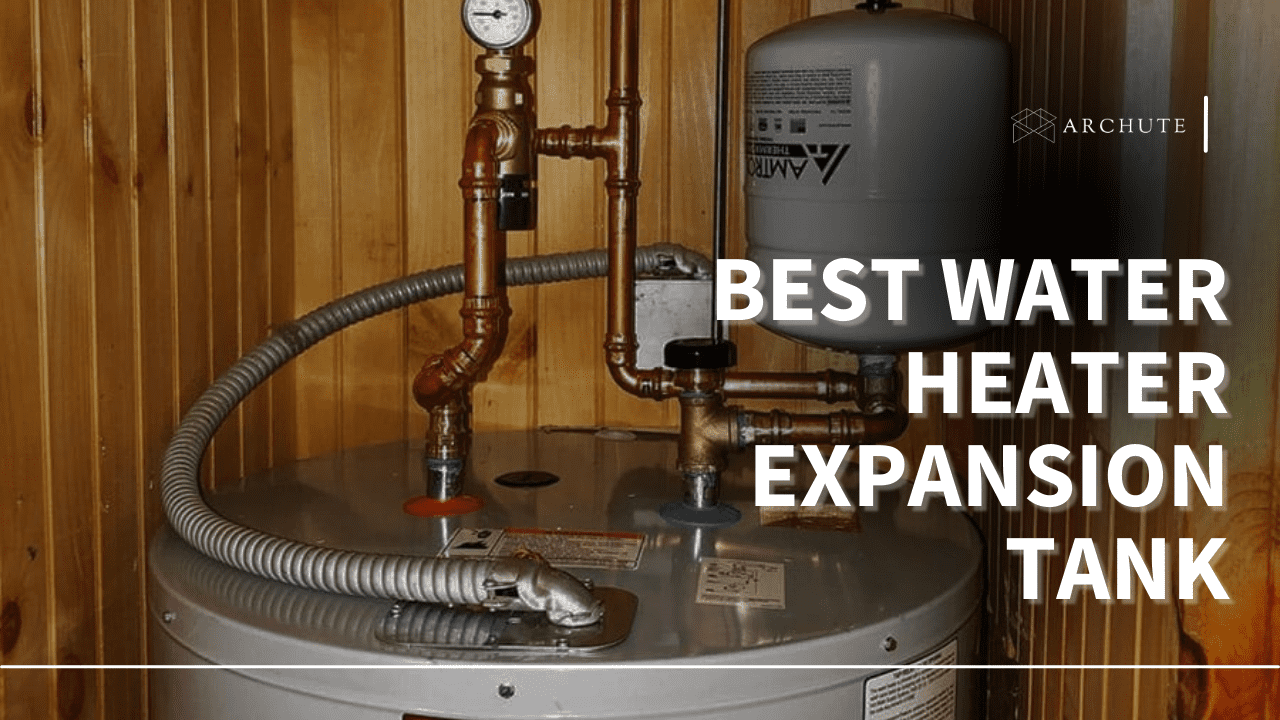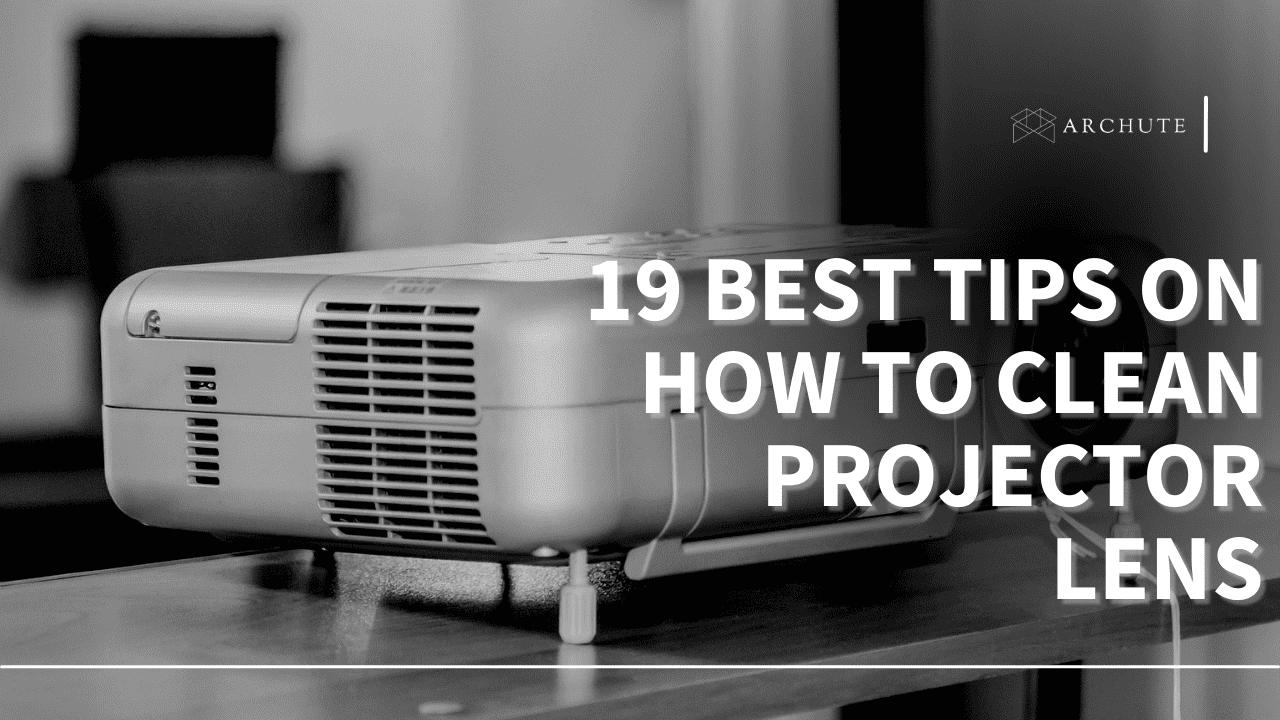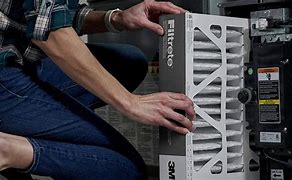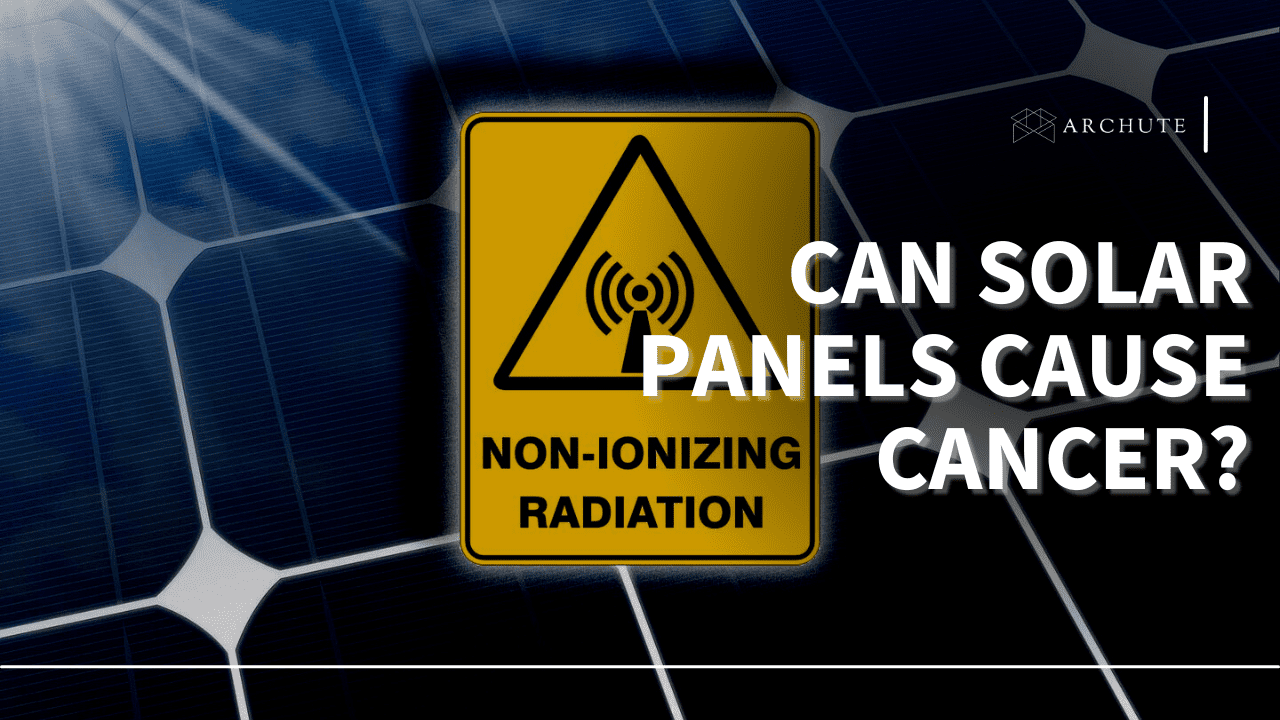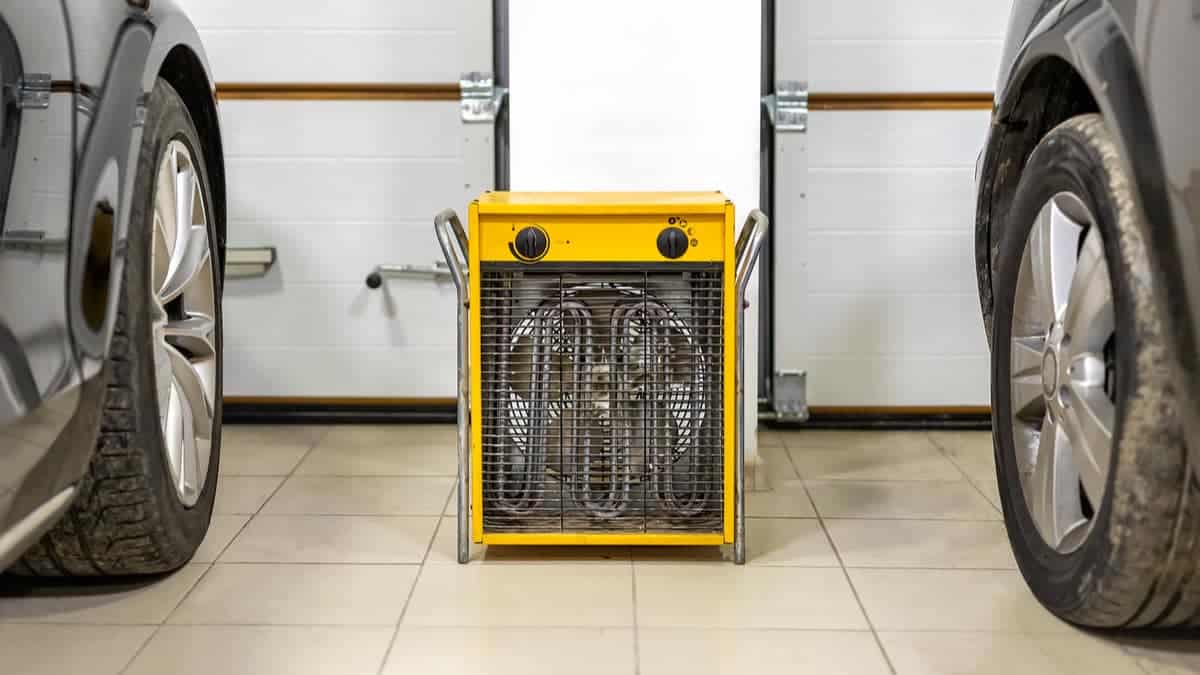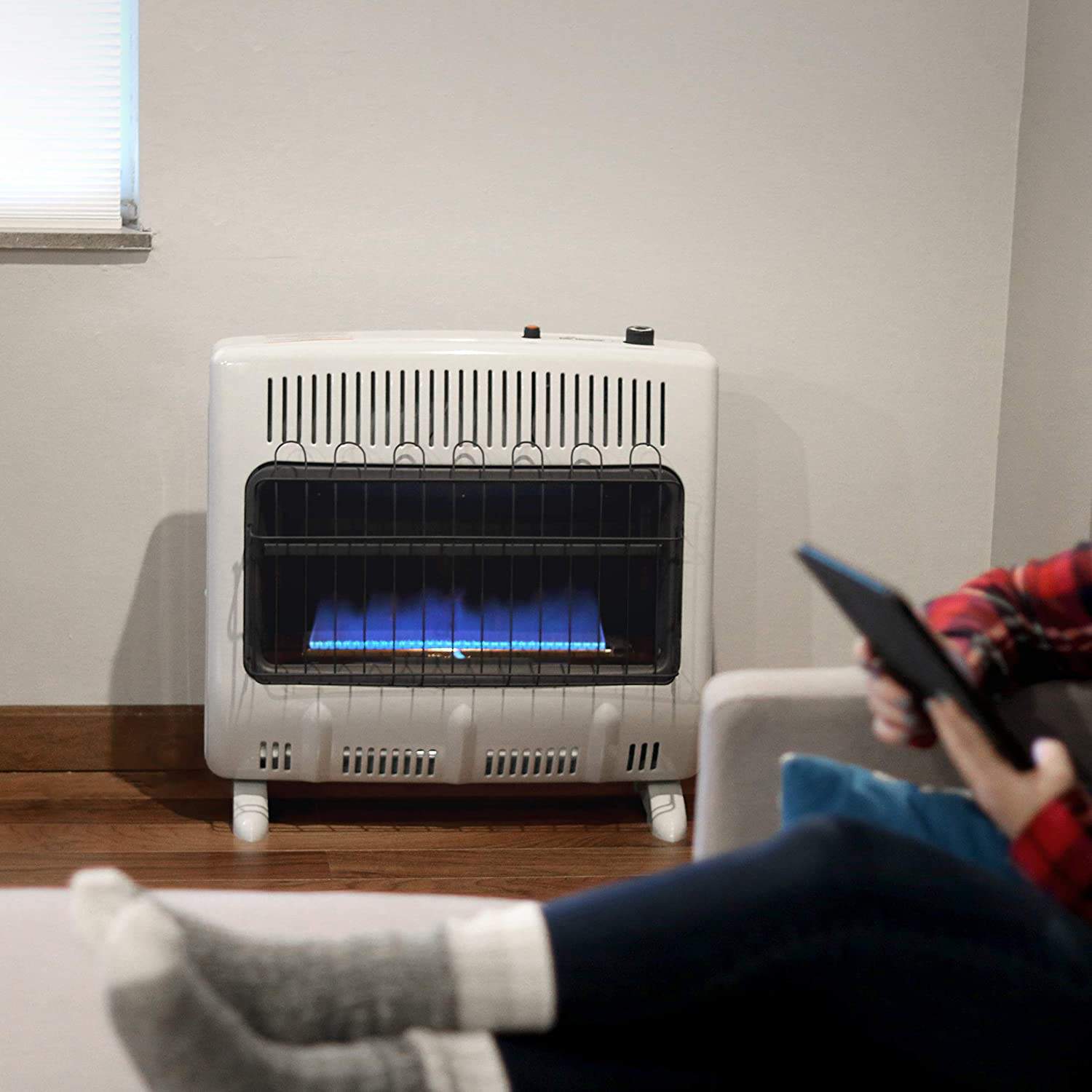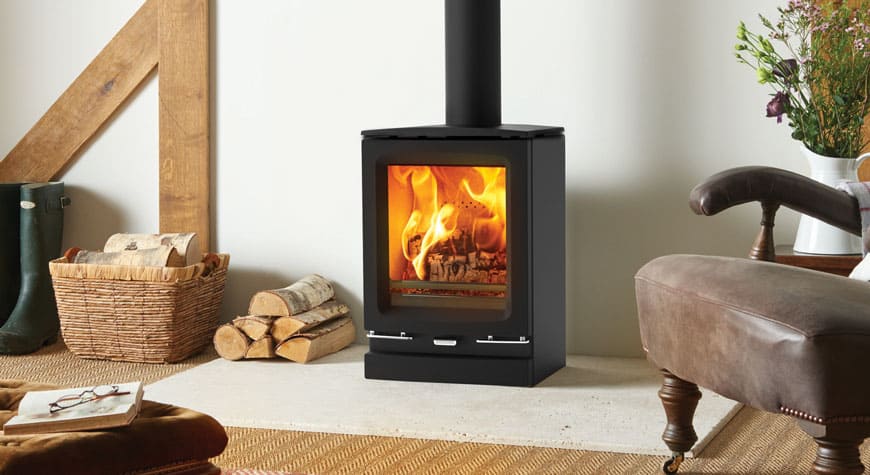When water is heated, it expands and increases the pressure in closed heating systems. Over time, the pressure fluctuations may damage the system's components. An expansion tank is designed to ease this pressure and extend the lifespan of your system.
Therefore, homeowners looking to maximize the efficiency and service life of their heating and cooling systems may want to consider installing the best water heater expansion tank as an inexpensive and easy means of regulating water pressure and preventing costly damage to the plumbing system. The best water heater expansion tank combines quality construction and efficiency.
We were particularly impressed by the EASTMAN 60023 for its ability to stop hot water from backflowing into the cold water line with a secure connection that prevents dangerous pressure buildup. Amtrol ST-5 is our second-best choice thanks to its lightweight and easy installation. This expansion tank is also perfect for small households with water heaters of less than 50 gallons in size.
And if you are looking for an expansion tank to save you money by reducing energy and water waste, Amtrol ST-12 is your perfect choice, and it’s compatible for use with most standard-sized water heaters in the market.
However, we have even more options that have the ability to prevent excessive water pressure with more interesting features. Read on to learn more about our top picks and the two other options. But first, let's understand what an expansion tank is.
What is an Expansion Tank?
Also called a thermal expansion tank, a water heater expansion tank is a safety device designed to protect your household plumbing system from the thermal expansion caused when heating the water coming in. The risk of pressure damage from temperature rise is not a concern when dealing with a tankless water heater. However, you need an expansion tank if you own a tanked heater; otherwise, your plumbing system is at high risk.

Image Source: thespruce.com
This small tank absorbs cold water into its rubber bladder to reduce the excess heated pressure by your water heater. When both are sized and installed correctly, it will absorb the extra cold water into its bladder to minimize the excess pressure created in the water heating unit. Ultimately, expansion tanks help reduce water hammer issues and help protect you from high water bills, unnecessary damage, stress on your plumbing fixtures, and a more efficient and longer tank life.
Why Do You Need an Expansion Tank?
Cold water will expand once it is heated, and the excess pressure that builds up inside the water heater tank will need to be released. Previously, the expanding water turned pressure in the tank would drain back out into the city water supply it came from. However, the city water supply main is now designed using backflow prevention devices, preventing the backward release of the pressure buildup.
This is known as backflow and uses a one-way valve. The one-way valve (check valve) prevents wastewater from inside your house from returning to the main water supply and contaminating the freshwater supply.
The water heater expansion tank is attached to the water supply pipe of the water heater to prevent excessive water pressure. If the pressure goes too high, it can damage the plumbing fixtures' valves, the pipes' joints, and the water heater itself.
When is a Water Heater Expansion Tank Required?
This is highly recommended if your house has a ‘closed-loop system’ caused by any check valve or pressure regulating valve installed on your clean water supply line. A common illustration to compare to your closed plumbing system is that having high water pressure is like having high blood pressure. It normally doesn’t have immediate negative effects on your closed water supply systems, but, in the long run, there's wear and tear from the excess pressure that then reduces the life span of your whole plumbing system.
Our Selection Process
We wanted an expansion tank that could work with both standard-sized and larger water heater tanks, work in any environmental condition, be easy to install, and contain sufficient pressure. So we opted for high-quality models that are compact and well-designed.
Best Water Heater Expansion Tanks
Rank | Product Image | Brand Name | Link |
|---|---|---|---|
1 | |||
2 | |||
3 | |||
4 | |||
5 |
1. EASTMAN 60023 Thermal Expansion Tank
- CAPACITY: 4. 5 gallons of water with a factory pre-charged...
- DIMENSIONS: 16-inch x 11. 1-Inch x 10. 9-Inch with 3/4-inch mip...
- MATERIAL: It has a high-quality butyl rubber diaphragm and grade...
- DESIGN: The tank is designed to prevent hot water from back...
- OPTIONS: This thermal water expansion tank is available in...
Eastman is a reputable company that's best known for its wide range of plumbing-related equipment and accessories. Their product line includes pipe fittings, check valves, and water heater expansion tanks.
This is a 4.5-gallon expansion tank that's well-constructed, versatile, durable, and affordable. Its large capacity works well with water heaters tanks with a capacity of up to 50 gallons. You can also use it with any type of direct-fired water heater, including most traditional systems.

Image Source: supplysmart.com
The tank controls the thermal expansion in your hot water system, thereby reducing the building up in your hot water heater tank and other parts of the plumb system. It comes in a diaphragm body made from high-quality butyl rubber and grade 304 stainless steel fittings for long-lasting performance.
The Eastman 4.5-gallon tank is designed to prevent water from back flowing into the cold water line, and it also prevents hot water from escaping through the pressure relief valve and onto the floor. It also has a system that's designed to keep the water below 70 psi. Anything above this might actually damage your plumbing and fixture system, shortening its lifespan. Installation is easy and helps reduce the amount of water and energy wasted by a water heater.
Our expected pressure is 60 psi, so we charged this unit with 60 psi of air, installed it and our excess pressure problem was solved. This thermal water expansion tank is available in different capacities of 2 and 4.5 gallons, allowing you to choose as per your requirement. It also comes with a 6-year warranty and is factory pre-charged at 40 psi.
Key Specifications:
- 4.5 gallons
- 0.03 pounds
Pros:
Cons:
2. Amtrol ST-5 Thermal Expansion Tank
- Accepts expanded water caused by thermal expansion
- Returns water to the system when hot water is used
- Prevents the relief valve from going off
- Inline thermal expansion tank
- Accepts expanded water caused by thermal expansion
Amtrol ST-5 water heater expansion tank is an excellent option for smaller homes or households with a hot water heater that's less than 50 gallons in size. It uses a bladder-style expansion vessel constructed from high-quality stainless steel for durability and to reduce corrosion.

Image Source: siteone.com
It returns water to the hot water system when the main tank runs low or when hot water is used. Additionally, the unit prevents the relief valve from going off and causing any issues. Unlike other models that are restricted to vertical installation, we installed Amtrol ST-5 both vertically and horizontally, and we didn't experience any issues during operations. Installation is also easy.
This tank is also lightweight, reduces any pressure built up, and helps reduce water and energy wastage. Lastly, it comes with a 5-year limited warranty.
Key Specifications:
- 2 gallons
- 4.6 pounds
Pros:
Cons:
3. Amtrol ST-12 Thermal Expansion Tank
- Eliminates the waste of energy and water, thus saving money
- Prevents the relief valve from going off
- Protects the water heater and plumbing fixtures from premauture...
- Eliminates the waste of energy and water, thus saving money
- Prevents a dangerous pressure build-up in the system
Amtrol is a reputable brand that deals with a range of water heater expansion tanks and accessories. The Amtrol ST-12 Thermal Expansion tank is an affordable and high-quality expansion tank that ranks at the top as the best water heater expansion tank available in the market.

Image Source: faucetdepot.com
Installation is easy and compatible with most standard-sized water heaters in the market. While using this expansion tank, we noticed a significant reduction in the amount of water and energy that'd often go to waste using a traditional water heater. In addition, when installed, it reduces the pressure volume that builds up in water heater tanks and the rest of a closed system, which helps extend the life of your fixtures, plumbing, and appliances.
Additionally, this expansion tank helps reduce the buildup that often occurs in various parts of your plumbing closed system that can, in the long run, cause a wide range of issues. The Amtrol ST-12 Thermal Expansion tank is a 4.4-gallon tank that also works with modern plumbing codes and enhances the prevention of backflow in a closed system.
It can also help increase the amount of usable heated water flow by returning the water held to the overall system when your main tank runs low on volume. Not only did we benefit from the reduction of water and energy waste, but it also allowed us to get more heated water out of the system than we would without this expansion tank.
Key Specifications:
- 4.4 gallons
- 2.2 pounds
Pros:
Cons:
4. Amtrol 7.4-Gallon Expansion Tank
- 1/2 nptm connection
- 2.5 gallon max. Acceptance
- 100 psig maximum working pressure

Image Source: ebay.com
This 7.4-gallon expansion tank from Amtrol is an affordable, high-quality choice for larger homes and people with a hot water heater larger than 50 gallons. Its diaphragm system helps reduce energy and water wastage while also reducing the built-up pressure that can be experienced in closed systems. In addition, it is well-constructed, using great materials that help reduce corrosion while also increasing the lifespan of your fixture system.
We charged it to its maximum working pressure, 1oo psi, before installing it to control our heater's system pressure. It is easy to install and comes with a limited 5-year warranty.
Key Specifications:
- 7.4 gallons
- 4 pounds
Pros:
Cons:
5. WATER WORKER G5L Expansion Tank, 2-Gallon
- Designed to meet the requirements of, and are listed by the...
- The Butyl diaphragm has seamless construction and is designed to...
- The polypropylene liner for the water reservoir will not flake,...
- Diaphragm, liner isolate water from contact with deep drawn steel...
- A high gloss enamel finish protects tank from the elements
Water Worker is another trusted brand well-known for its variety of home plumbing and water heater supplies, expansion tanks, and accessories. The Water Worker G5L water heater expansion tank is high in quality, durably constructed, and affordable.

Image Source: shop.rplumber.com
It is made from alloy steel with a high gloss enamel finish, which protects from elements, reduces corrosion, and wears out or chipping, which reduces the life of an expansion tank. This tank can be suitably used with standard-sized water heaters that are up to 50 gallons. However, we combined two Safety Tanks for our 80-gallon water heater tank and charged them to 60 psi. The combined expansion tanks worked efficiently in controlling the system pressure.
It comes in a diaphragm-style system with a butyl seamlessly constructed and designed to flex rather than stretch and crease like bladder tanks. Also, the polypropylene liner doesn't flake, chip, crack or peel, enhancing the tank's operation and increasing its lifespan.
Installation and operation are easy. We installed the combined Safety Tanks with a solid bronze saddle on the cold side of the water heater following the easy setup instructions. You can be assured of its long lifespan since the purchase also comes with a 5-year limited warranty.
Key Specifications:
- 2 gallons
- 5.0 pounds
Pros:
Cons:
What to Consider for the Best Water Heater Expansion Tank

Image Source: ig7.ir
A) What’s Your Water Heater Capacity?
You should consider the capacity of your water heater tank before purchasing an expansion tank. For instance, most expansion tanks ranging between 2 and 4.5 gallons can work well on water heater tanks of 50 gallons and below. The capacity information is available on the factory label that's attached to the water heater. Read it carefully to ensure the excessive water pressure is efficiently prevented using the right expansion tank.
B) What’s Your House Water Pressure?
Most water heater tanks' pressure is between 50-60 psi. Therefore, you should choose tanks capable of handling this pressure effectively and efficiently. Most expansion tanks are also pre-charged
The water pressure of your home's water supply can be easily measured using a gauge. Simply attach the gauge to a faucet or hose and turn on the water supply. It's best to check your water pressure over a 24-hour period. Alternatively, you can contact your water supply company.
C) Expansion Tank Material
Expansion tanks should be made with durable, corrosion-resistant materials that help protect against elements and ensure the expansion tank would last through weather conditions.
C) How to Install an Expansion Tank?
- First, determine your household's water pressure using a gauge. If the water supply is above 80 psi, you will need to install a pressure-reducing valve
- Using a tire gauge, check the air pressure on the heating expansion tank
- Using a hand pump, adjust the air pressure on your expansion tank to match the maximum water pressure of your house. Don't use an air compressor for this
- On the cold water line, install the water heater expansion tank
- Open one of the faucets and let it run until you have a steady stream of water to help remove any air that may be trapped within the tank
Frequently Asked Questions on the Best Water Heater Expansion Tank

Image Source: dengarden.com
1. What brand is best for an expansion tank?
While many water heater expansion tanks are out on the market, finding the perfect one can be daunting. Our top pick, EASTMAN 60023 stands out for its capacity of 4.5 gallons, capable of working with water heater tanks with a capacity of up to 50 gallons. This expansion tank also has a secure connection to water heaters preventing dangerous buildups of pressure, and it’s also designed to stop hot water from back flowing into the cold water line.
2. Do you need multiple thermal expansion tanks for multiple water heaters?
Overall, to prevent damage, you need an expansion tank solution that's adequately sized for the plumbing system you have installed. For instance, a 50-gallon water heater can be served by a 2-gallon thermal expansion tank.
Having more than one heater in the same or connected system means that you can either have multiple thermal expansion tanks for each heater or one large expansion tank that can take all the incoming water supply pressure. Additionally, always check with a licensed plumber whether this is viable according to the local plumbing code amendments and the expansion tank manufacturer’s specifications to determine whether you're working with what's right for you.
3. What happens if my water tank heater is not connected to an expansion tank?
Most homes with a pressure-reducing valve on the city water supply main don't have an expansion tank since it wasn’t really required until recently. Depending on the house's specific plumbing design, this may have caused excessive and high-pressure buildup.
Suppose you notice that the washers in the plumbing fixtures are rapidly deteriorating or a water leak from the water heater's relief valve, then you probably need an expansion tank. However, the plumbing services and installation will be much less than the cost you might incur when you damage your home’s plumbing system.
4. How long do thermal expansion tanks last?
On average, your water heater expansion tank can last roughly 5-10 years. To extend its life, ensure your home's water volume pressure matches the air pressure of the installed expansion tank.
5. What happens in an expansion tank failure?
Failure will cause the extra pressure will cause a loss in the air cushion in the expansion tank, meaning that at each heating cycle, the excess water volume pressure causes stress on the temperature/pressure relief valve, which will then leak.
6. Is it better to get a bigger expansion tank?
Getting the right-sized thermal expansion tank installed is important, but if you're ever in doubt, it's best to get a larger one than a smaller one. A larger expansion tank for your house system will safely handle the heating of the extra water volume.
7. How do I choose an expansion tank for my water heater?
Choosing an expansion tank for your water heater depends on two factors. The first is the boiler’s or water heater’s capacity in gallons which is usually indicated on your water heater’s factory label. The second factor is the water pressure in your piping system.

